Mahayana New Year on first full Moon of January
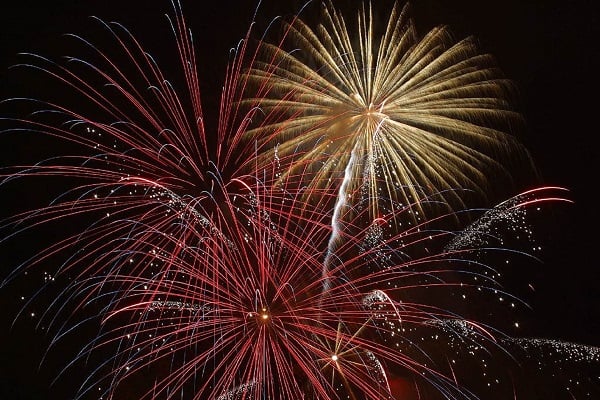
Mahayana New Year is normally celebrated on the Full Moon of the first month — in many countries following the Gregorian calendar. Based on the Griffith Observatory lunar dates the first full moon in January 13 in 2025, on January 3 in 2026 and Jan 22, 2027 (See our Dharma Calendar>>). The Mahayana New Year is sometimes celebrated as a holiday the next day. Chinese Buddhists may celebrate New Year on Chinese New Year based on the lunisolar calendar (for instance in 2025 on January 29, the Year of the Snake) and Tibetan Buddhists celebrate based on a strictly Lunar Calendar on February 28.
Some traditions celebrate New Year rather than lunar, or both.
New Year represents new beginnings, fresh start, and an opportunity to bring in auspiciousness for the new year. For this reason, purification practices are recommended prior to the New Year! Merit Practices are recommended for New Year’s Day.
An ideal Merit practice is the 7 Limbs of Practice — which includes the seven deeds of a Bodhisattva — chanted here in Sanskrit. Turn on CC to chant along:
Buddhists around the world celebrate different New Year dates around the world — although the traditions of warm wishes of good fortune and celebration are common to all of them. Why so many dates? Calendar New year is based on the western solar-based calendar. Chinese New Year is based on the lunisolar lunar calendar, while Tibetan New Year is based on the unadjusted lunar calendar. Other “New Year’s” celebrations mark different traditions.
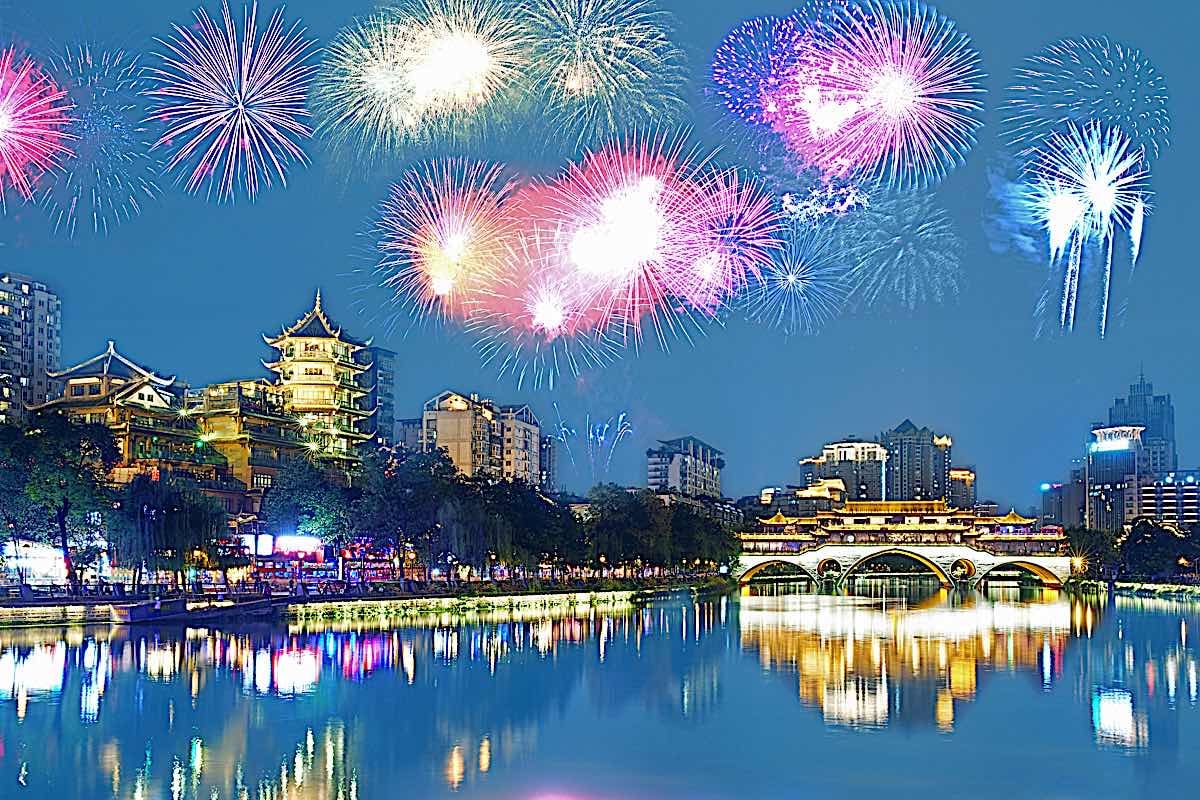
Western New Year falls on January 1 each year, while Mahayana Buddhist New Year, Chinese New Year, Theravadan New Year and Tibetan New Year are all celebrated on different dates on the lunar calendar. Some of us celebrate them all — not just as an excuse for wishing our fellow sentient beings good fortune and auspiciousness, but also — well, who doesn’t like a celebration? It is also a time of dedicated Dharma practice, especially for the purification of past negativities. When are these various dates?
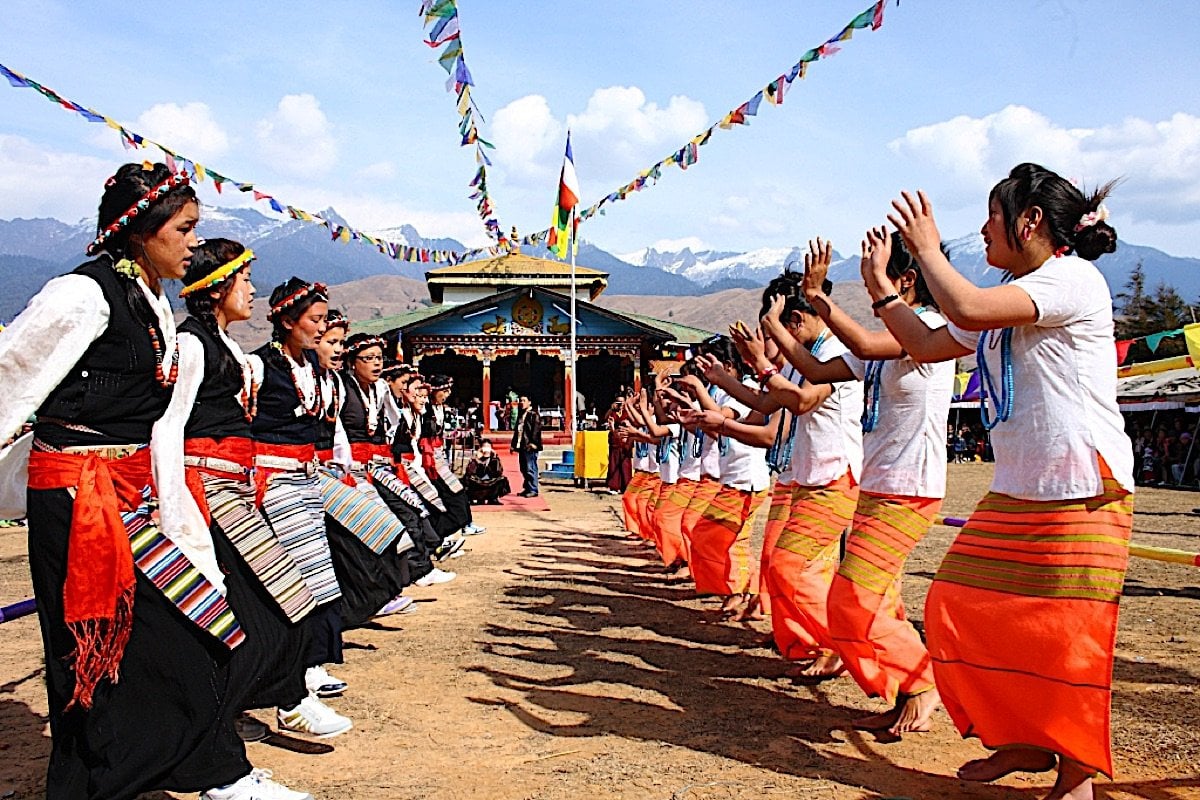
Each of these New Year dates are full of symbolism and meaning. One popular New Year tradition is to set off fireworks, which represent the brightness and joy of the New Year. Another common New Year practice is to ring bells, which symbolize good fortune and hope for the New Year ahead. Additionally, many Buddhists will visit temples on New Year’s Day to pray for blessings and prosperity for the year ahead. In Tmost traditions of Buddhism we engage in purification practices, such as Vajrasattva, to purify all obstacles and negativities as we go into a new year.
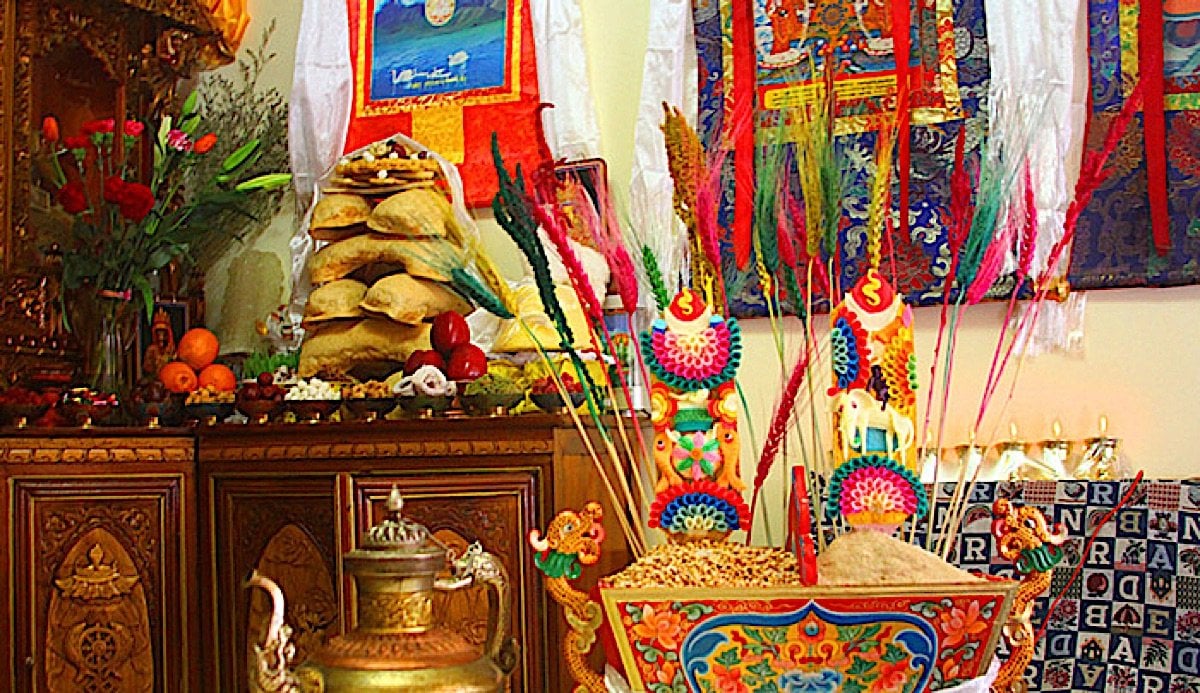
Common traditions for New Years in Buddhism
Common to all (most) Buddhist traditions are:
- Celebrate with light to bring in an optimistic New Year. This can be fireworks, candles on altars, colorful lanterns and other festive lights.
- Dharma activities, such as reading Sutra
- Generosity to others — giving to set the tone for aupsiciousness
- First “sight” of the New Year ideally should be a Buddha image (sometimes known as Darshan)
- Wishing others a Happy New Year, good fortune, health and happiness.
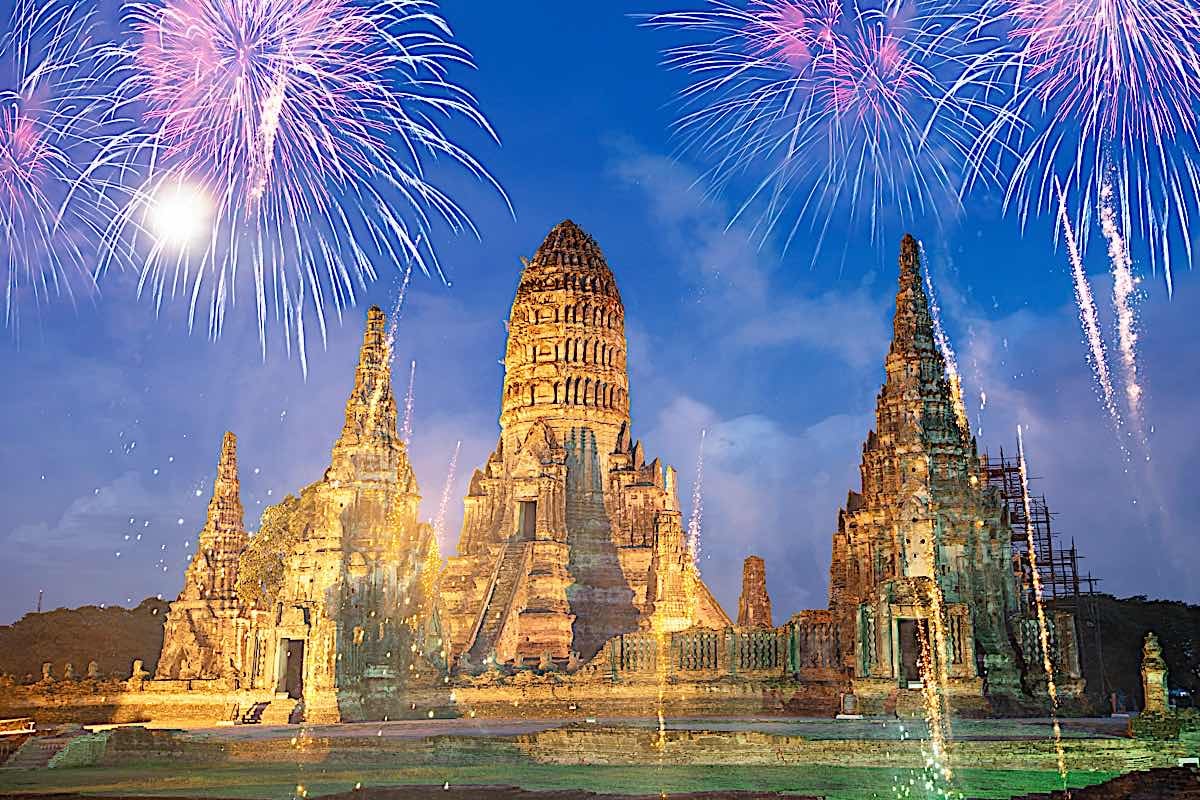
Wishing you a wonderful New Year filled with joy, love, and peace. Happy New Year!
Appendix: Linosolar lunar versus lunar
The months in a lunisolar calendar are based on the repeating phases of the Moon. To keep up with the solar year and season, however, some additional intercalation rules must be applied to balance out lunar cycles with those of sun-based calendars. As such, it is distinct from regular lunar calendars which lack this “adjustment.”
Calendar
Dharma Dates
 Loading…
Loading…Please support the "Spread the Dharma" mission as one of our heroic Dharma Supporting Members, or with a one-time donation. Learn more>>





